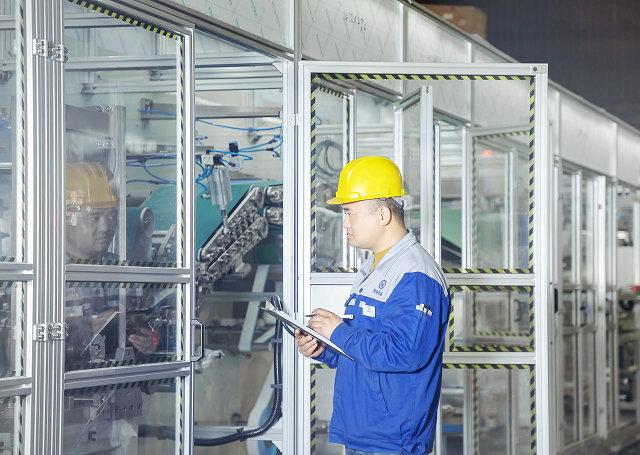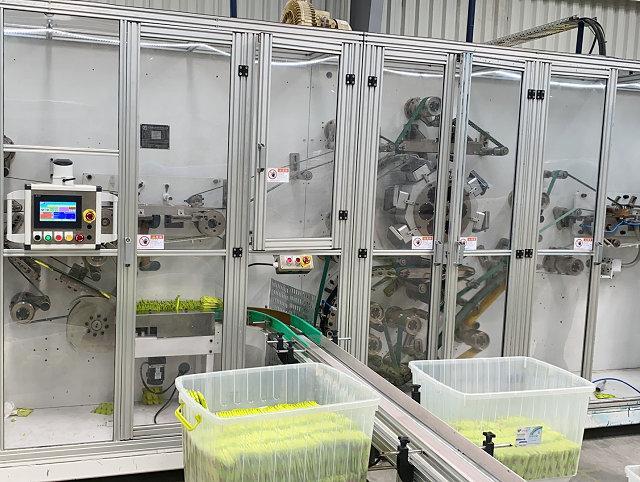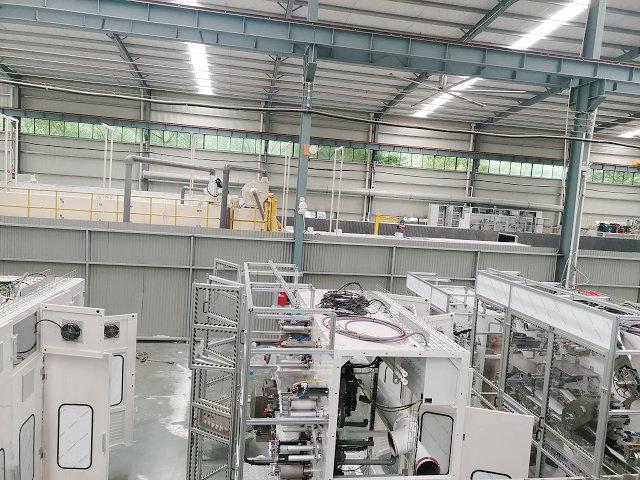Author:Haina Machinery Factory FROM:Diaper Machinery Manufacturer TIME:2023-08-04
The maintenance and care of disposable nappies making machines play a crucial role in ensuring the smooth operation and efficiency of the hygiene products industry. Proper upkeep of these machines can help extend their lifespan, minimize downtime, and ensure the production of high-quality disposable nappies. In this article, we will explore the importance of maintenance and care for disposable nappies making machines, highlighting key aspects and best practices.

Regular cleaning and inspection are essential for maintaining the optimal performance of disposable nappies making machines. The accumulation of dust, debris, or adhesive residues can hinder the machine's functionality and affect the quality of the final product. It is recommended to clean the machine thoroughly after each production cycle using approved cleaning agents and tools. Additionally, routine inspections should be conducted to identify any signs of wear and tear, loose parts, or potential issues that may require immediate attention. Addressing these problems promptly can prevent costly breakdowns and ensure uninterrupted production.

Proper calibration and adjustment of the disposable nappies making machine are crucial for maintaining product consistency and reducing waste. Regularly calibrating and adjusting various parameters such as temperature, pressure, and speed ensures that the machine operates within the specified tolerances. This helps in achieving uniform product dimensions, sealing strength, and overall quality. It is important to consult the machine manufacturer's guidelines and follow the recommended procedures for calibration and adjustment. By keeping the machine properly calibrated, the production of substandard nappies can be minimized while maximizing resource utilization.

Disposable nappies making machines consist of several wearable components that are subject to constant friction and stress during production. The regular replacement and maintenance of these components are crucial to avoid sudden breakdowns and maintain the machine's efficiency. Some common wearable components include cutting blades, embossing rollers, and sealing bars. These parts should be regularly inspected and replaced if necessary, following the manufacturer's recommendations. Proper lubrication of moving parts also helps reduce friction and prolong the lifespan of the machine. Implementing a preventive maintenance schedule for wearable components ensures uninterrupted production and minimizes downtime.
In conclusion, the maintenance and care of disposable nappies making machines are vital for the smooth operation and efficiency of the hygiene products industry. Regular cleaning and inspection, machine calibration and adjustment, and maintenance of wearable components are essential practices to ensure the production of high-quality disposable nappies. By following these best practices, manufacturers can extend the lifespan of their machines, reduce downtime, and optimize production output.
